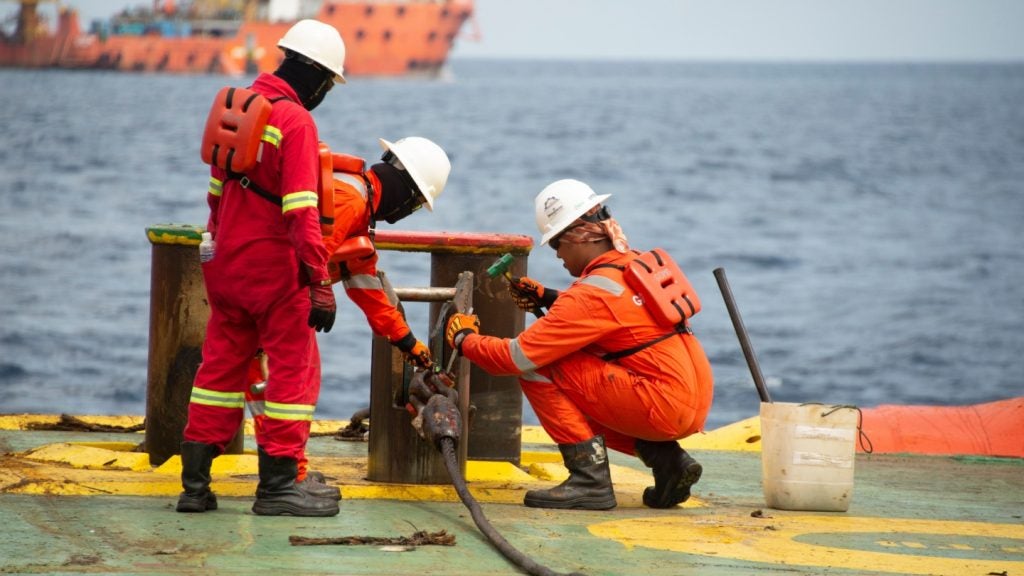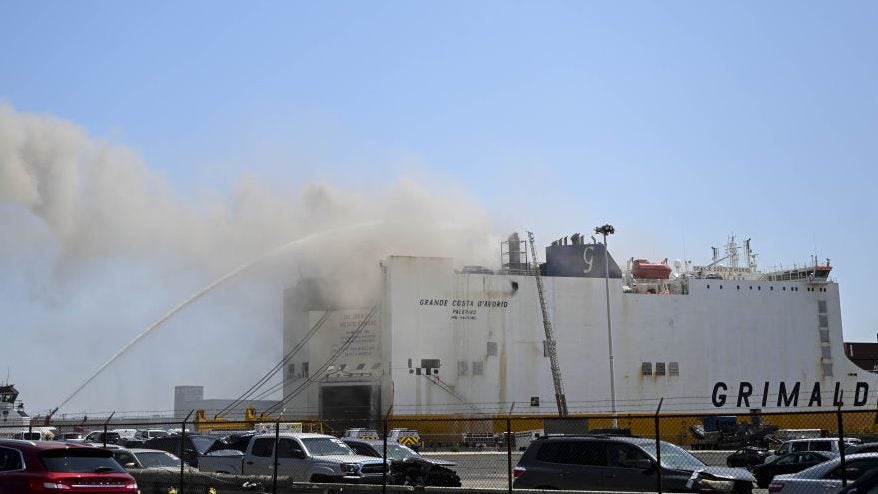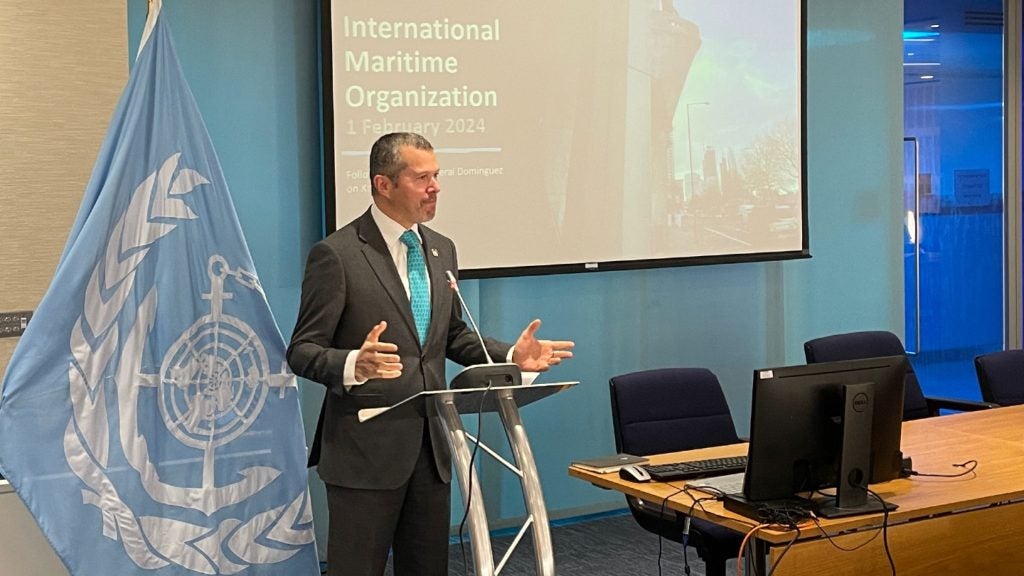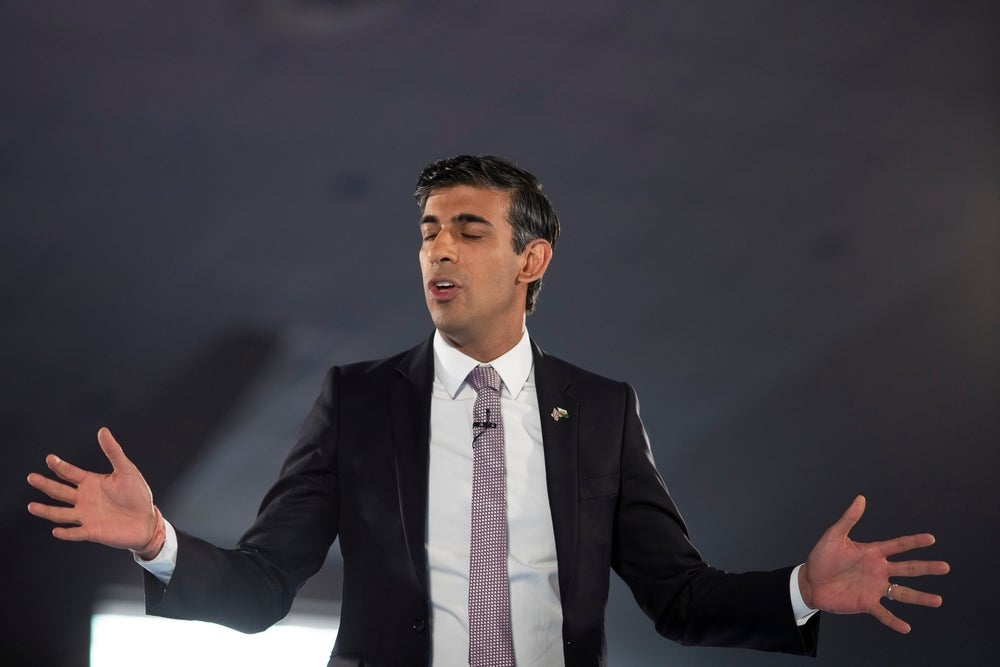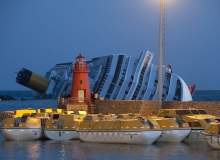
While the Concordia incident is a tragic disaster, with 17 confirmed dead and many still missing, big catastrophes such as this are fortunately rare these days. However, regular accidents, albeit on a lesser scale, do still happen at sea.
According to The Maritime Accident Review, in 2009, 626 vessels were involved in 540 significant accidents in EU waters, such as sinkings, collisions, groundings and fires. However, in terms of passenger ships, 135 (121 ferries and 14 cruise ships) were reported as being involved in accidents in 2009, with loss of life down to four in 2009 from six in 2008.
In the review EMSA (The European Maritime Safety Agency) notes that there were several accidents in 2009 that “could have been a lot worse”. The Concordia disaster perhaps epitomises this potential for disaster and the recent spotlight on the industry has prompted a review of its safety procedures.
Emergency procedures
On 9 February 2012 a new emergency muster drill policy was announced. Under the international convention for the Safety of Life at Sea (SOLAS), muster drills for embarked passengers will now occur prior to departure from the port.
On the Concordia, 700 passengers boarded in Civitavecchia several hours before the accident and had not been through the muster drill, as it was scheduled for the following day (policy at that time required it to be carried out within 24 hours).
In an emergency situation, such as that on the Concordia on 13 January, what form would the emergency procedures take?
How well do you really know your competitors?
Access the most comprehensive Company Profiles on the market, powered by GlobalData. Save hours of research. Gain competitive edge.

Thank you!
Your download email will arrive shortly
Not ready to buy yet? Download a free sample
We are confident about the unique quality of our Company Profiles. However, we want you to make the most beneficial decision for your business, so we offer a free sample that you can download by submitting the below form
By GlobalData“The emergency procedure is to muster everyone at the assembly station,” said Dr Tom Allan, an international maritime consultant.
“If the captain then decides to abandon ship the passengers are escorted from their assembly station to the lifeboat station where they would then load on to lifeboats. For the majority of ships, the lifeboat would then be lowered so it is level with the embarkation deck and the passengers go through the entrances to the lifeboat. This general principle is the same on any ship.”
Angle of list affecting lifeboats
While many of the Concordia’s passengers were able to escape in lifeboats, the list of the boat, which was at around 20 degrees, hampered evacuation efforts. Lifeboats are designed to operate up to an adverse list of 20 degrees.
“If the list is more than 20 degrees, it is going to be extremely challenging to launch the lifeboats,” confirmed Allan.
“Even attempts to move people from one side of ship to another become more difficult as cross alleyways become tunnels, shafts almost. Normally an evacuation would take place well before it gets to that point.”
Cruise route questions
According to Lloyd’s List Intelligence, automatic tracking systems have shown the route that Captain Francesco Schettino took the Concordia on that night was far closer to the island than on the previous cruise on 6 January 2012.
However, they also show a pre-approved route taken in August 2011 that ran close to the island. Piet Luigi Foschi, the Costa Cruises chairman, confirmed during a press conference that this pre-approved closer route was “not closer than 500 metres” from the island.
Video footage shows the captain being interviewed confirming that the ship was 300 metres from the shore. He explained during an interview that although he was sailing along the coast with the “tourist navigation system” that the “rocks were not detected as the ship was not heading forward but sideways”.
He also claimed that the nautical chart showed it was “just water from some 100-150 metres from the rocks”, which is why at 300 metres away he believed the ship should not have made this contact.
Navigation technology
But could the navigation technology really have failed? “Any ship will know where it is in relation to submerged dangers, which is what the electronic chart does for you, and in relation to floating dangers, which is what the radar does,” explained John Davis, the marketing manager at Kelvin Hughes. “So a combination of the floating and submerged dangers should be enough.”
He added: “Navigation equipment goes through a lengthy approval process before it gets onto a ship. The IMO has set up performance standards and the IEC create test schedules so all the navigation equipment is tested stringently before getting approval and being fitted to a vessel.”
Design issues for the new generation of ships
While investigators work on the causes for the accident questions have been raised over the design of the cruise ships, which have changed dramatically since the Titanic one hundred years ago.
“Most modern cruise liners are built on the same floor plan, apart from the beam, with a draft of approximately 10m to get into shallow anchorage, and have short length to accommodate berths around the world,” said Master Mariner Captain Paul Townsend.
“Can you imagine all the tall buildings in the world with the same depth footings?”
He added: “The ship owner’s naval architect is usually employed by them and not independent. He designs this floating block of flats – where this generation is double the height of the last – to take 4,000 passengers and 1,000 crew. This provides more efficiency in catering and costs and, therefore, more profit, but in terms of the vessel’s length, there isn’t any more room for lifeboats along the sides.”
Allan, however, affirmed that the same standards apply to all cruise ships, no matter what the size, when it comes to evacuation and safety.
“You have got to show you can load and lower the lifeboats within 30 minutes of an evacuation being announced,” he said.
Over the last 40 years or so, the shipping industry has focused on improving ship structure and improvements in hull design, stability systems, propulsion systems and navigational equipment have been made, and yet the maritime casualty rate is still high.
People-system errors
“Why is it, that with all the improvements and regulatory changes that we’ve seen implemented over the past decade we have not significantly reduced the risk of incidents?” said Davis.
“It is because ship structure and system reliability are a relatively small part of the safety equation. The maritime system is a people-system, and people-system errors (I resist human errors) figure prominently in casualty situations. About 75 – 96% of marine casualties are caused, at least in part, by some form of people-system error.”
Areas where steps can be taken to minimise risks in the design, include: bridge layouts, navigational equipment, engine and steering control, maneuverability and redundancy. Areas for the ship operator to focus on include: ship speed (the ship’s schedule), manning levels, crew attitude, maintenance and training.
Townsend believes failures are often a combination of design and management issues. “I was Master of a RoRo passenger ship the night of the Herald of Free Enterprise (it capsized and 193 people lost their lives) disaster and had a relief Master travelling with me, so we were able to discuss the case. Our initial beliefs were entirely wrong, the failure was design and management.”
The importance of training
The effective training of crew is vital to the smooth running of any cruise ship. While there has been criticism surrounding the evacuation of the Concordia, Allan said the fact that 99.5% of people were rescued in that situation was no small achievement.
“The crew, no matter what anyone says, have to take a fair bit of credit for achieving that – training had to come out somewhere and it was shown there,” he said.
There will be lessons learned from the Concordia incident, although what exactly these are will become apparent following the official investigation.
“There are always lessons to be learned on how you evacuate a ship,” said Allan. “All operators conduct crowd control training and management – how you control passengers, especially when panic sets in, is probably the most difficult.”



